
Filter News
Area of Research
News Type
News Topics
Media Contacts
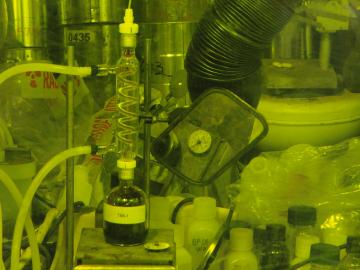
Nearly 100 commercial nuclear reactors supply one-fifth of America’s energy. For each fuel rod in a reactor assembly, only 5 percent of its energy is consumed before fission can no longer be sustained efficiently for power production and the fuel assembly must be replaced. Power plan...
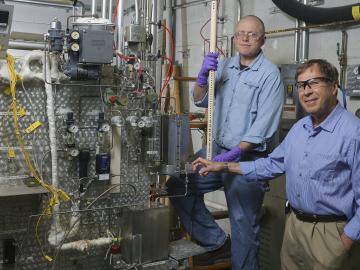

A study led by the University of Tennessee and the Department of Energy’s Oak Ridge National Laboratory could soon pay dividends in the development of materials with energy-related applications. Three UT researchers—Maik Lang, assistant professor
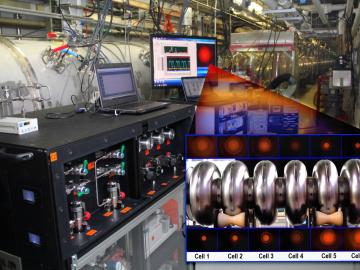

Adrian Sabau and Robert Wagner of the Department of Energy's Oak Ridge National Laboratory have been appointed fellows of the American Society of Mechanical Engineers (ASME), an honor conferred to members who have demonstrated significant, long-term engineering achievements.

Claus Daniel, materials scientist and deputy director of the Sustainable Transportation program at the Department of Energy’s Oak Ridge National Laboratory, delivered a Gilbreth Lecture at the National Academy of Engineering (NAE) annual meeting, held February 11 in...
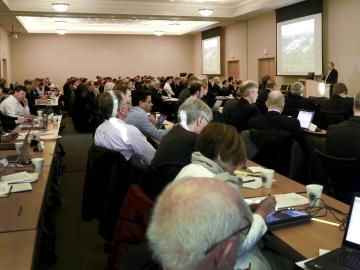
Moving advanced nuclear reactors from the drawing board to the field was the focus of the Advanced Reactors Technical Summit III, hosted by the Department of Energy’s Oak Ridge National Laboratory and attended by 180 experts from industry, government and academia. The conference, ...
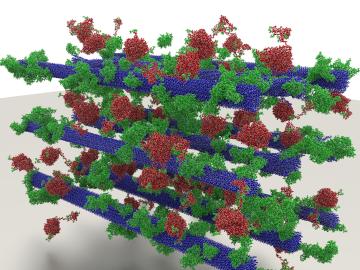

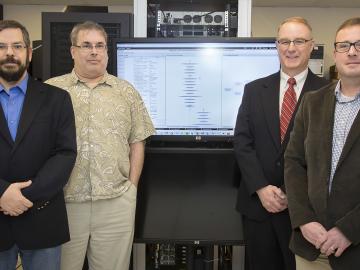
The commercial licensing of a cyber security technology developed at the Department of Energy's Oak Ridge National Laboratory has been recognized by the Federal Laboratory Consortium for Technology Transfer (FLC) as a top example of moving technology


